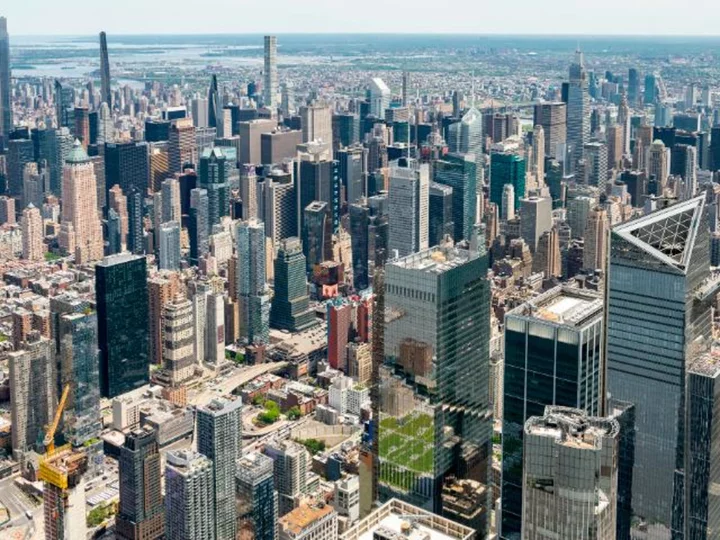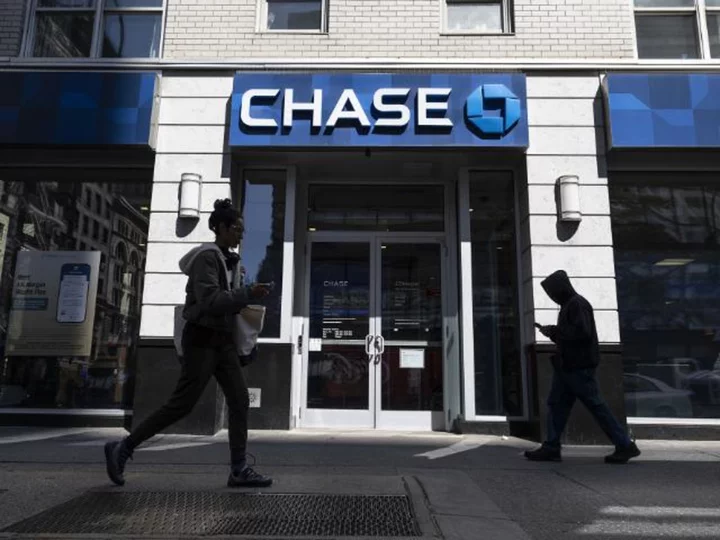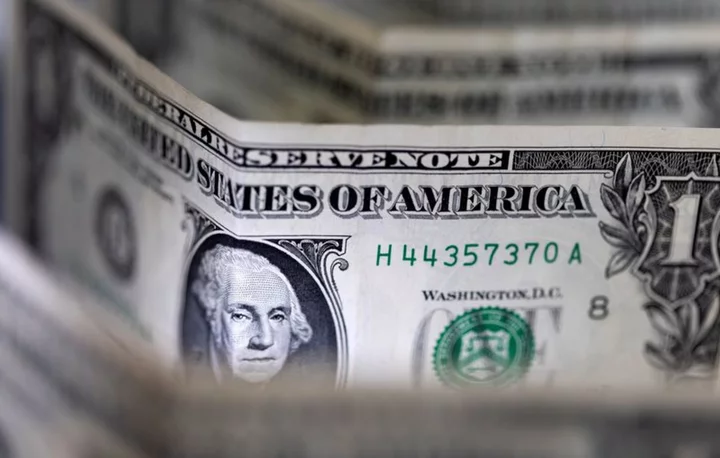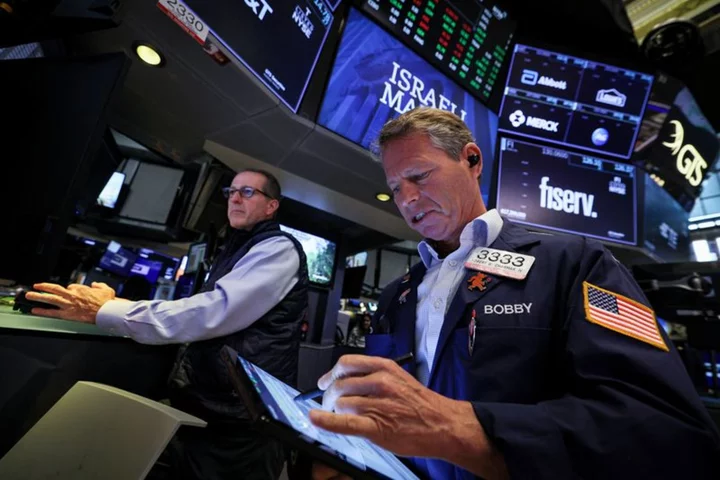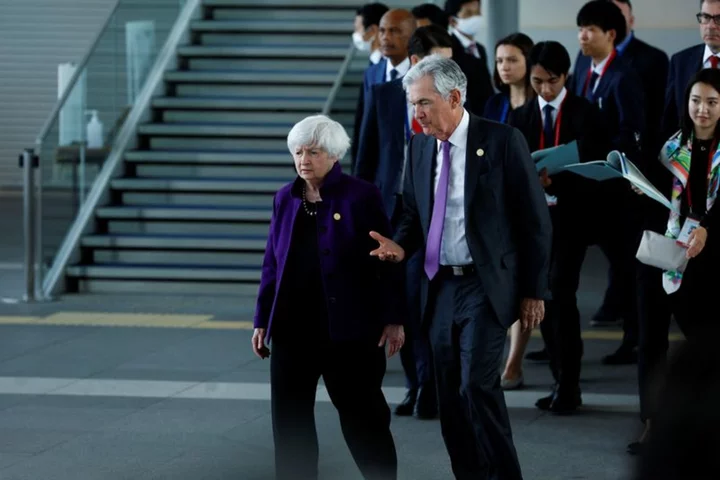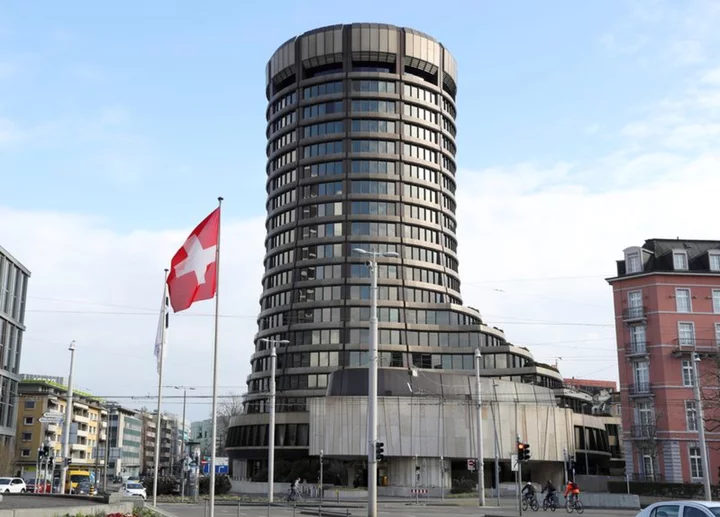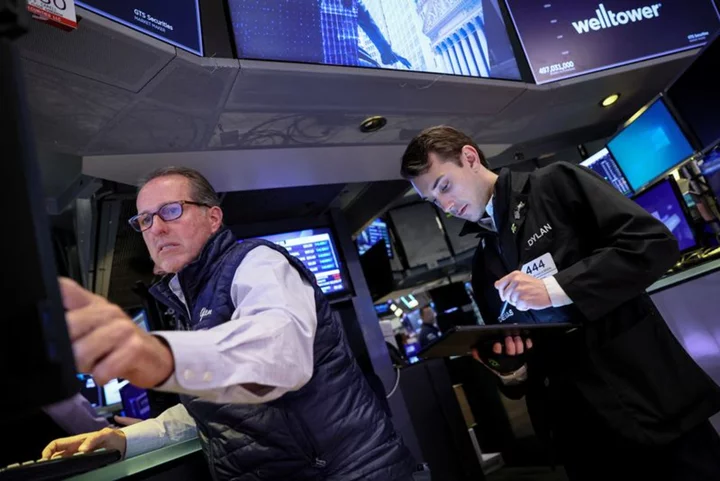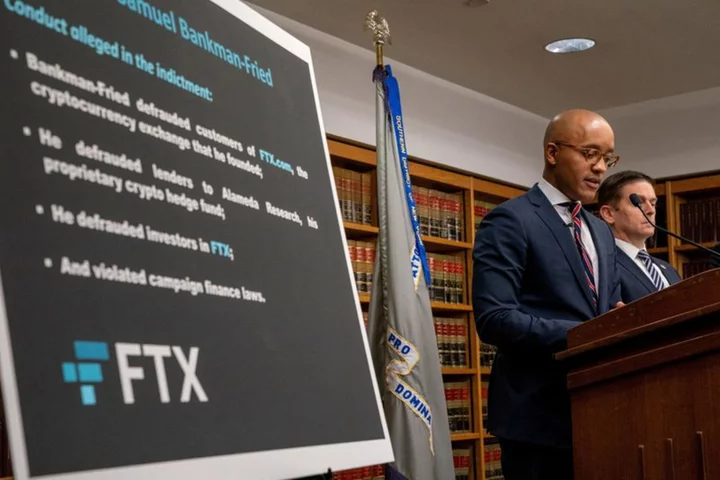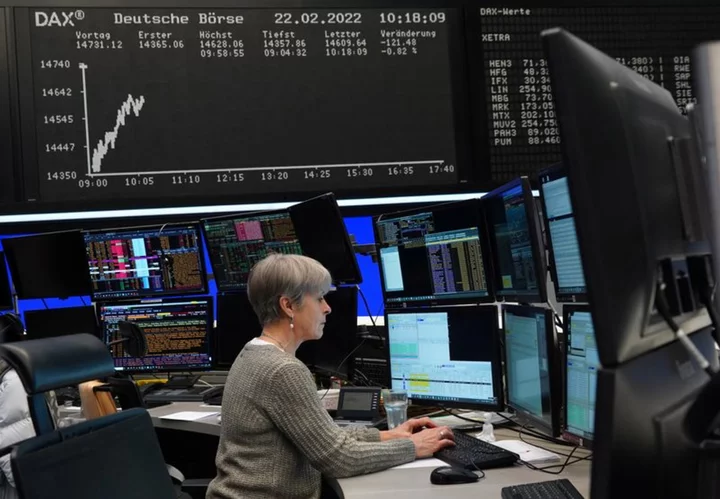The pandemic is over, yet Covid's effect on white-collar work remains: People love working from home, it turns out, and corporations have been unable (despite their best efforts) to get folks back in the office full time.
But times are changing. Again. Businesses are stuck with trillions of dollars of commercial real estate they need to use. And they might be able to do just that as they regain the upper hand over their employees later this year when the job market slows.
What's happening: The Financial Stability Oversight Council, a group that includes top brass from the US Treasury Department, the Federal Reserve and the Securities and Exchange Commission, warned Friday of increasing risks for the $20 trillion commercial real estate industry as office vacancy rates across the country grow.
Office and retail property valuations have been falling since the Covid-19 pandemic brought about lower occupancy rates and changes in where people work. Some firms have now made the decision to permanently downsize. The Fed's efforts to fight inflation by raising interest rates have also hurt the credit-dependent industry.
But supply and demand are starting to even out: National demand for office space in May was up 13% from April. That's still down 13% for the year and down 48% from pre-Covid levels, according to data from CBRE Global Commercial Real Estate Services. But it's a spark of good news for the industry.
How are businesses getting employees back in the office? A combination of carrots and sticks: more at-home-like amenities combined with fewer options for workers. Before the Bell spoke with Nick Romito, CEO and founder of VTS, a real-estate technology firm which manages more than 60% of the most expensive office space in the United States, to discuss.
Before the Bell: Have you seen signs of recovery in the commercial real estate market as the return to office movement gains steam?
Nick Romito: The trend is definitely positive. As economic pressures lead to a tightening of the labor market, that gives more leverage to employers to ask people to come into the office. The companies in these buildings have had very little leverage over the past several years during the great resignation. Now they feel a lot more comfortable mandating that employees come into the office three days a week. We anticipate that trend will continue and likely go back to four days a week in the fall. It's not like office occupancy is skyrocketing past 50 to 60%, but growth has been pretty steady and that's a good sign.
But are corporations downsizing the amount of office space they rent as they permanently shift some roles to work from home?
We've learned over the past like three years that not every role needs to be in the office. So in some ways it is more efficient to have a smaller footprint, but have a space that is built for the people who need to collaborate to do that really well. So we are seeing a 12% smaller footprint in rented office space this year.
But if you look at the segment of the market that actually is performing well, it's the trophy, newly built, highly amenitized office spaces. That market is actually seeing a rent growth of about 10% from before Covid.
What kind of amenities?
These buildings have large conference sites that allow you to effectively have offsite meetings in the building. They have lounges and gyms and restaurants built in. They're a hybrid of workspace and home. I think that's the future of the workplace.
Even medium-sized real estate owners with two or three buildings are consolidating and creating a campus where all of their customers in all of their buildings have access to a few central floors full of amenities. The workplace, which used to be the four walls your desk sits within, is now expanding to a campus.
Have you seen a shift in the commercial real estate market since the collapse of Silicon Valley Bank and Signature Bank in March?
The deterioration to the office market started well before then so it hasn't had a huge effect on demand, or lack of demand, for office space. It has had a major effect on the capital markets themselves. The commercial real estate market depends on that significantly so there will probably be a follow-on effect to that. So it didn't have a huge impact, but it didn't help.
Could there be a compounding effect with the pandemic-induced slowdown in the commercial real estate market?
The commercial real estate market is largely a regional business, landlords are local. It's an asset class that is being more and more institutionalized every year, but most real estate is still owned by private organizations, and they rely heavily on regional banks. So regional banking is a really important sector for commercial real estate.
Climate change hits homeowners insurance
Homeowners insurance, which typically protects against damage to homes from fire, winds and other disasters, is becoming much harder to purchase.
An increase in climate change induced weather disasters and rising costs to rebuild or make repairs have led major insurance companies to limit their offerings altogether, report my colleagues Chris Isidore and Ella Nilsen.
Major insurance companies have already virtually pulled out of the Florida market, leaving homeowners paying premiums nearly four times higher than those paid elsewhere in the country. Hurricane risk is part of Florida's problem — Hurricane Ian last year was the most expensive storm ever to hit the state, they report.
It's not just Florida. Two of the largest national insurers, State Farm and Allstate, are no longer writing new homeowners policies in California, partly because of the increased risk posed to homes by wildfires.
Uninsurable places are growing across all 50 states, experts said, but that's especially true in California, Florida and Louisiana, which have larger and more frequent disasters like hurricanes and wildfires.
There are different factors at play in all three states, but similar outcomes are happening: More people are being driven to the state-supported insurer of last resort, where they typically have to pay more money for a narrower policy. While Allstate and State Farm have declined to write new policies, smaller insurers in states like Louisiana and Florida have gone bankrupt — driving people out of their insurance altogether.
Here comes 'drinkflation'
We've heard about shrinkflation, when consumers get less for their money because a manufacturer has reduced the size of the product. But what about drinkflation?
Brewers in the United Kingdom are cutting the alcohol content — but not the price — of several of their most popular beers, reports my colleague Anna Cooban.
Greene King, a major UK brewer and pub chain, has cut the ABV, or alcohol content, of its popular Old Speckled Hen pale ale to 4.8% from 5%, a spokesperson for Greene King told CNN.
In March, the country's oldest brewer, Shepherd Neame, slashed the ABV of its bottled Spitfire and Bishops Finger ales to 4.2% and 5.2% respectively, from 4.5% and 5.4%, a spokesperson said.
The spokesperson for Greene King told CNN that reducing the ABV had helped offset some of its rising costs, following years of "inflationary pressures on raw materials, packaging costs and energy prices."
Cutting the ABV "lowers the [tax] we pay without noticeably affecting the beer's flavor," the spokesperson said.
In January, Dutch brewer Heineken lowered the ABV content of Foster's larger — which it sells in the UK — to 3.7% from 4%.
A spokesperson for the brewer's UK business told CNN that it had done so because "consumers are increasingly choosing lower-ABV products as part of a balanced lifestyle," but added that it had experienced "unprecedented cost increases."

